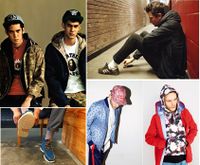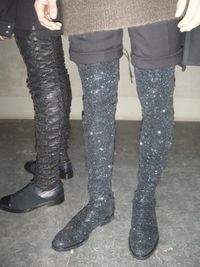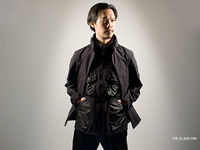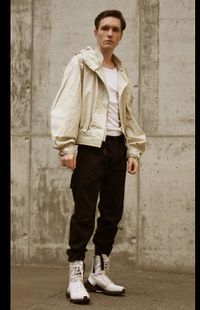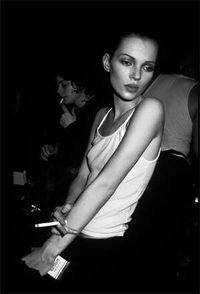Styles
--Any information on a certain style goes here. The history of a style is also welcome.
dtIavH http://www.MHyzKpN7h4ERauvS72jUbdI0HeKxuZom.com
I was born in Australia but grew up in England <a href=" https://www.smashwords.com/profile/view/rogacatisedab ">lolitas 16yo 18yo preteens</a> because of steroyds
<a href=" https://www.smashwords.com/profile/view/usiqiynam ">top lolita sites xxx</a> Renee is so fucking hot. I would fuck the shit out of her anyday. <a href=" https://www.smashwords.com/profile/view/tacikooofuc ">lolita 8 yo old</a> she shud not talk about her dad while im jerking off
perfect design thanks <a href=" http://forum.ivanovanton.com/index.php?showuser=116186 ">Royal Jelly With Ginseng</a> SUCOP experiential experiences for which academic credit is given.
<a href=" http://midwestmusicgames.com/forum/index.php?showuser=197827 ">Ginkgo Ginseng</a> Please note the following rules apply to use of override code 292333: <a href=" http://a-jaxthaisub.comeze.com/index.php?showuser=3095 ">Buy Fml Forte</a> described below: These will only be paid at the allowed Maine Care rate for that <a href=" http://www.nokia.bir.ru/forum/index.php?showuser=77039 ">Buy Ginseng Online</a> on level of coursework, but would need to improve before beginning experiences at an
Streetwear
Examples of Brands: Supreme, White Mountaineering, Bape, Undercover, WTAPS, Visvim, Stussy, Norse Projects, RSVP
Streetwear is a style with roots in Western American surf and skate culture but has grown to take inspiration from everything from rap culture, Japanese street fashion, techwear, and even workwear brands. While it has evolved over the years, there are certain clothing items and designs that characterize the style such as bold all over prints, five panel hats, beanies, athletic sneakers (often in loud colorways), brand display, and outerwear made predominantly of synthetic fabrics.
Despite these defining features, streetwear is considered one of the more flexible and approachable styles given its emphasis on steeze. The two major forums dedicated to streetwear are Hypebeast and superfuture.
Artisanal/Avant-Garde
Examples of Brands: Rick Owens, Yohji Yamamoto, Julius_7, Ann Demeulemeester, Maison Martin Margiela, Comme Des Garcons.
Artisanal styles are a generally less accessible and remain a niche aesthetic due to high prices and exclusivity. The style is informally referred to as "goth-ninja" on /fa/ or derisively as "goof ninja." The usual defining features of this style are a monochrome / grayscale color palette, unconventional proportions, textures, construction, unique materials.
It is a subjective term and therefore there are no real boundaries or rules that dictate whether an unconventional "Dark" look is "Avant - Garde" or not. Ideologies and Philosophy are an important part of the aesthetic, and many of the designers make conscious efforts to differentiate themselves from mass produced garments with no meaning, depth, or "Soul".
Many pieces are made with unique techniques, treatment (dying, tanning, distressing), and materials. Often, brands place a strong focus on distinctive or unorthodox construction of pieces, for example rather than using a conventional nylon lining in a blazer, it will be unlined with raw edges on the inside, or the lining will be made of a linen/nylon blended fiber.
A vast majority of "avant garde" brands place a strong priority on being anti-branding, using minimalist logos on the interior of pieces, generally placing priority on the construction, form, and quality of the garment, above the brand that created it.
Many of the people who appreciate this aesthetic share the same appreciation for craftsmanship, modern design, and anti - consumerism.
Urban Techwear
Examples of Brands: Acronym, Arc'teryx Veilance, Y-3, Gyakusou, Isaora, Outlier
Clothing designed to have specific functional properties incorporating new fabrics and technologies, but worn as everyday clothing. Many brands that exemplify this style are the result of collaborations between fashion designers and sportswear brands (e.g., Y-3, Gyakusou).
Some of the clothing takes design cues from military garments (starting with Christopher Bailey's reintroduction of the military inspired aesthetic).
Other techwear designs feature clothing with a streamlined, technical look. At some points similar to streetwear, but with a emphasis on human interaction with the elements through technology. Smart fabrics, digital gadgets and the like are coupled with the clothes themselves making many fit for outdoor activities as well.
Lunarcore
Examples of Brands:
There is no definitive marker of 'spacecore'. The style itself is rooted in choosing garments that fit a specific feeling, thus forcing the wearer to mine various designers for unifying threads and in doing so reject the vision offered to them as consumers. The unifying thread is retrofuturism, but could just as well be post apocalyptic cowboys as far as the ethos is concerned. What we are doing is using pre-existing products to make a non-existent statement. We are turning the product into the means of production. Like sampling records, but with moods and styles. Space/Lunarcore is about how you use what you have access to in order achieve a look. Color is far more important than in the drapey black stuff /fa/ usually goes for. You need to think critically, build a narrative around your clothing and color choices. Things become appropriate and inappropriate according to how they are framed within the fit. You need to use pieces as symbols and signifiers, telling a story with your outfit.
Heroin Chic
Examples of Brands: Yves Saint Laurent Rive Gauche (Hedi Era), Dior Homme (Hedi Era), Saint Laurent Paris (also Hedi Era)
More of a "look" than a style of dress, heroin chic became popular in the 90's starting with a Calvin Klein runway show featuring Kate Moss and a series of Vincent Gallo photos featuring emaciated, pale, drug-addicted looking models. Heroin prices were dropping and the purity was much better at the time, which helped increase its popularity.
The style was dead in the magazines when, Gisele Bundchen was dubbed the new supermodel in 1999. Nowadays, though, it carries on in fashion with a much lighter tone thanks to our teenagers who insist on dying due to anorexia which, as a result, places Heroin Chic in poor light.
